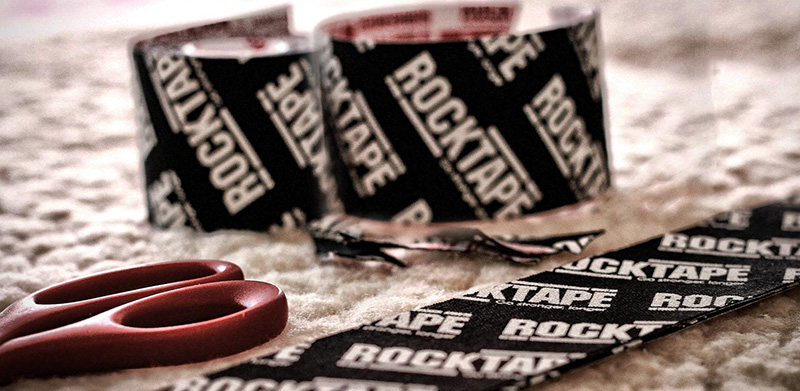- 904 N. McQueen Rd. Suite 103
Gilbert, AZ 85233
Kinesiotaping
You may have seen Kinesio-Tape on gold-medalist Kerri Walsh's shoulder during the Olympics or Lance Armstrong's Knees in the Tour de France. KT has been around for decades. KT is now considered the gold-standard for therapeutic and rehabilitative taping. You see Kinesio® tape used on professional athletes in every major sport today. Our Doctors have been using "KT" for years to help many patients heal faster and perform better. It doesn't matter if you are a competitive triathlete, a weekend- warrior, or a grandparent trying to enjoy life on a deeper level, Kinesio taping may be the answer you have been looking for.
kinesiotaping.com rocktape.comAbout Kinesio®
For more than 25 years, Kinesio® Taping has been breaking new ground in the fields of sports performance, pain management and physical medicine.
The Kinesio® Taping Method is designed to facilitate the body's natural healing process while allowing support and stability to muscles and joints without restricting the body's range of motion. It is used to successfully treat a variety of orthopedic, neuromuscular, neurological and medical conditions. Both Kinesio® Tex Tape and the training protocol have shown results that would have been unheard of using older methods and materials.

In the mid-1970s, Dr. Kenzo Kase was already a well-known Japanese practitioner licensed in chiropractic and acupuncture. He developed the tape, which has a texture and elasticity very close to living human skin, in response to limitations he encountered working with rigid sports taping methods on his own patients.
Dr. Kase developed the tape, which has a texture and elasticity very close to living human tissue, in response to limitations he encountered working with rigid sports taping methods on his own patients.
To develop such a modality, he ordered supplies of the different athletic tapes that were available at that time. None of them gave him the results he was looking for. By trial and error, he realized that the source of the complaint was actually in the muscle, not in the joint or in the bone. To stabilize the joint he saw that it was more effective to tape around the muscle to achieve joint correction. The tapes that he was able to obtain were rigid, designed to immobilize the joint.
Symptoms We Treat
Don't live with pain any longer.
In cases of injury or overuse, the muscle loses its elasticity. Dr. Kase needed to develop a tape that would have the same elasticity as healthy human muscle. He knew from his practice that the tape would also need to stay on the skin where it was applied. He spent two years doing a lot of research relating to elasticity, adhesives and breathability.
Finally, he came up with a tape that possessed the proper degree of elasticity, and that lifts the skin microscopically. From that beginning, Kinesio® Tex Tape was invented. Its unique properties were based on a study of kinesiology.

Kinesio® Tex Tape is used to:
- Re-educate the Neuromuscular System
- Reduce Pain
- Enhance Performance
- Prevent Injury
- Promote Improved Circulation and Healing